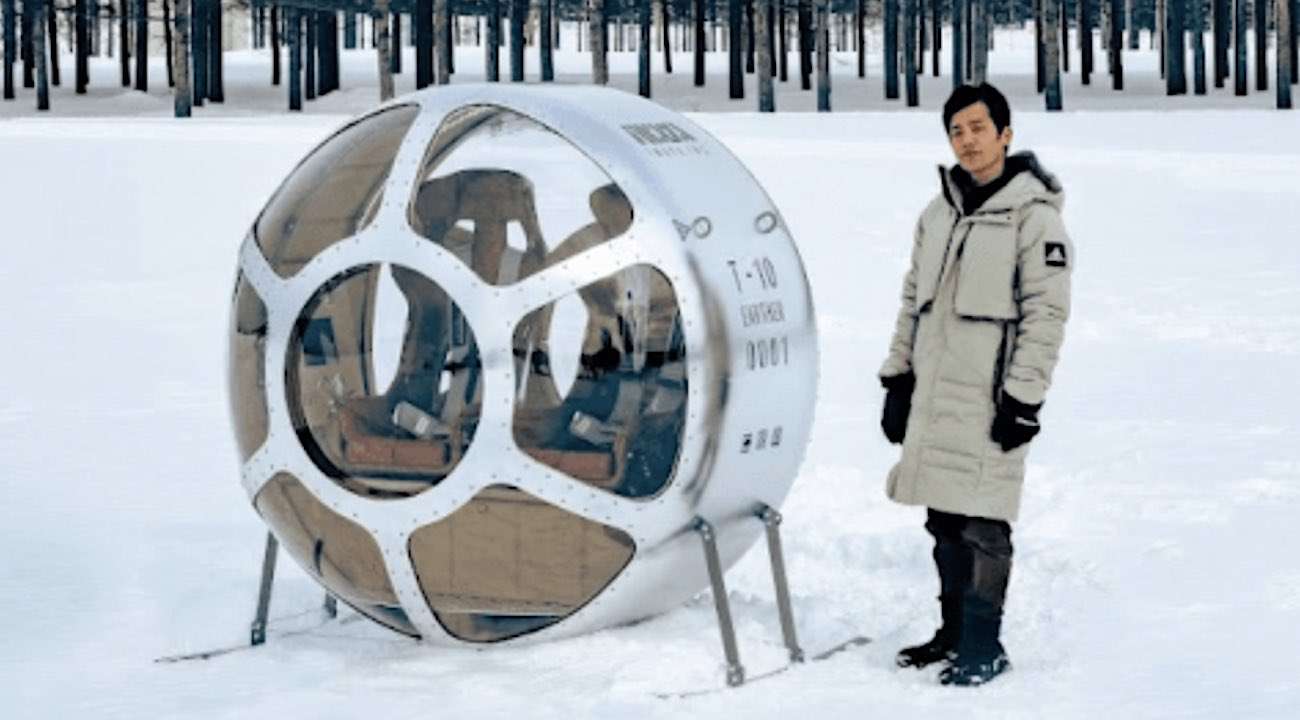Heinz Looks for Man Who Survived a Month at Sea Eating Only Ketchup So They Can Buy Him a Boat
Elvis Francois had nothing but a portion of soup and some Heinz ketchup to eat during a 24-day experience lost at sea.

A Japanese aerospace startup is hoping to make space tourism even more accessible with a balloon capsule that hovers up 14 miles above the Earth.
With an unobstructed view of space above, and the curvature of the Earth clearly visible below, the capsule is designed to rival existing space tourism flights that cost millions per ticket by reducing the complexity of the flight, and removing the need for special astronaut training.
Developed by the Sapporo-based Iwaya Giken, the helium-powered balloon is slated for an October launch this year, with tickets available in August at around $175,000. Iawya's CEO Keisuke Iwaya hopes to bring that cost down to a five-figure, and eventually a four-figure sum as quickly as next year.
Last June, the company successfully launched their balloon up to about 90% total altitude with a hamster on board.
During a two-hour ascent, the capsule, which looks an awful lot like the cockpit of the Millenium Falcon, rises 14 miles above Earth to the stratosphere, higher than jet planes fly, and above the point where space goes from a blue curtain to a twinkling black abyss. After it reaches its target altitude, it remains for 1 hour, before descending over the course of another hour.
"It's safe, economical, and gentle for people," CEO Iwaya told reporters. "The idea is to make space tourism for everyone."
"I hope that balloon space travel will eventually be possible at a price in the ¥1 million ($7,500 USD) range."
Existing space tourism ventures such as flights by Virgin Galactic, Blue Origin, and SpaceX, cost millions per ticket and require a rocket launch and all the related approval and oversight by NASA or ESA.
Government funding for these space agencies is extremely limited, and tourism has never been even a second-order priority behind robotic exploration and science. This has left the field largely to the new, private commercial space sector.
In contrast to SpaceX's recent visit to the International Space Station with two guests who each paid $55 million per ticket, and whose launch required months of calculation, preparation, and millions of dollars in resources, Iwaya's balloon flight can be prepared and launched in about an hour and a half.
"In recent years, there has been an active trend in Japan to fund dreams of space travel, and we are grateful for that," CEO Iwaya told reporters, according to Japan Forward. "We want to move forward steadily while showing the results of our development."
Iwaya is currently taking applications for its first flights.
Be the first to comment